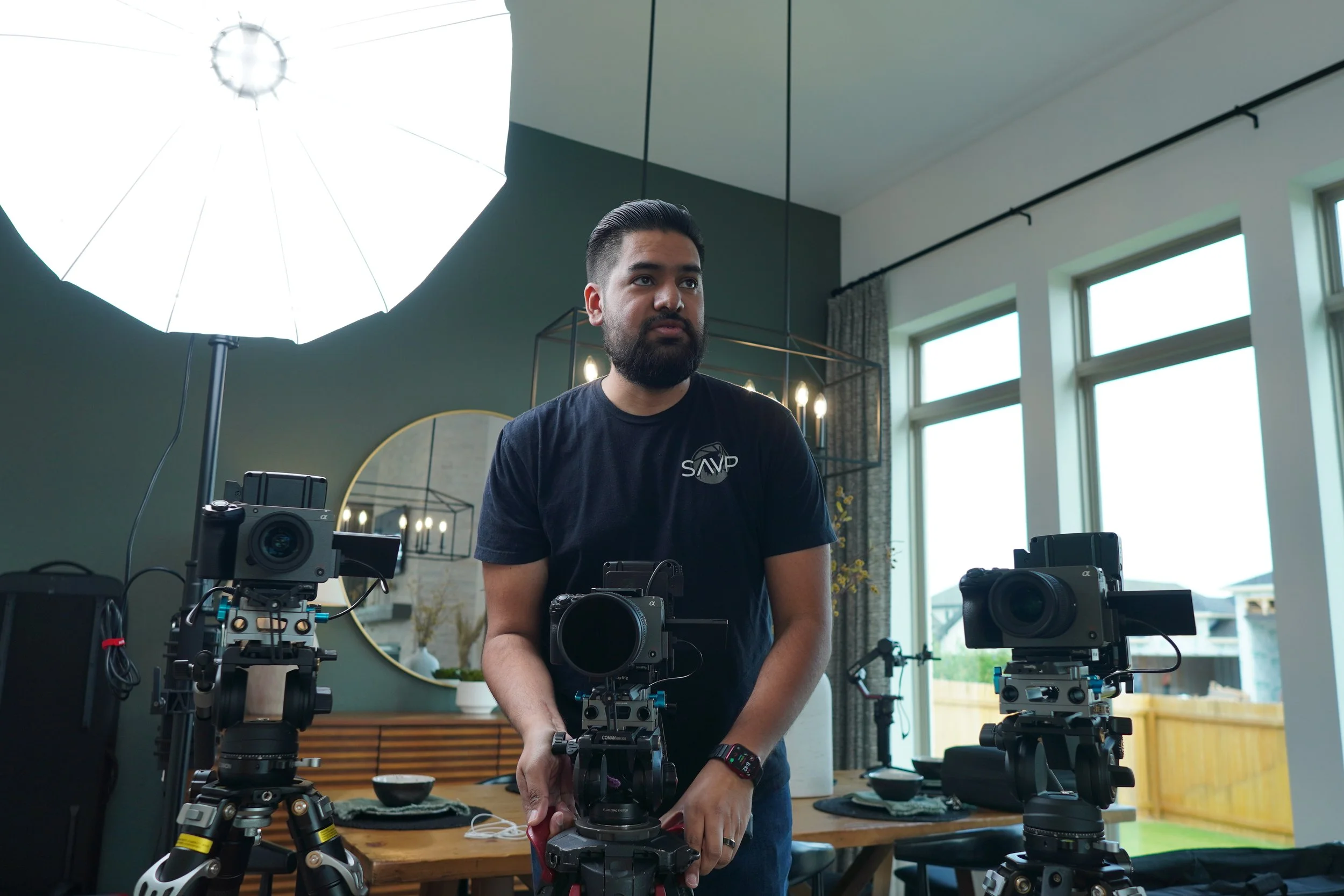Mastering Pre-Production
Understanding Pre-Production: Setting the Stage for Success
In our increasingly visual world, the demand for compelling video content has soared. Whether for marketing, education, or entertainment, high-quality videos require careful planning before the cameras even start rolling. Pre-production is the backbone of successful video shoots, encompassing all the preparatory work that lays the groundwork for what’s to come. This blog delves into the indispensable role of pre-production in video production, offering insights and strategies to maximize its impact on your projects.
The Key Components of Pre-Production
Developing Your Concept and Idea
One of the first steps in pre-production is developing a thorough understanding of your concept and ideas for the video. This stage is where the creative journey begins, and it’s essential to articulate your narrative clearly.
Scriptwriting: Create a script that outlines your video's narrative arc. A well-crafted script serves as a roadmap, guiding your crew and talent through the storytelling process.
Storyboarding: Visualize your video by creating a storyboard. This allows you to plan the sequence of shots and helps your crew understand the overall visual style and pacing. Storyboards aid in aligning everyone's vision and make the filming process significantly smoother.
Location Scouting: Finding the Perfect Setting
A beautifully shot video is often enhanced by its setting. During pre-production, location scouting is essential to identify the right backdrop for your story. Finding the perfect location not only aids in storytelling but can also enhance the audience's emotional engagement with the content. Consider factors such as lighting, accessibility, and how well each location aligns with your narrative.
Assembling Your Crew and Organizing Equipment
With your concept and locations finalized, it's time to build a solid team. Effective collaboration is critical in pre-production.
Crew Assembly: Hire skilled professionals who share your vision. Whether you're working with a director, camera operators, or production assistants, having a reliable team that communicates well will make a significant difference in the efficiency of the shoot.
Equipment Organization: Ensure you have the necessary equipment ready for use. This includes cameras, lighting, sound, and any specialized gear that fits your project's needs. Pre-production is the time to confirm that your gear is not only available but also in working order.
Effective Project Management: Scheduling Made Simple
The heart of pre-production lies in effective project management. This involves creating a detailed schedule that encompasses all aspects of the shoot.
Shooting Plan: Consider shooting scenes out of order for efficiency. This practice can help you manage time better, especially if certain locations or actors are only available at specific times.
Time Allocation: Allocate time wisely for setup, shooting, and breaks. A successful shoot strikes a balance between productivity and crew welfare. Productivity can dip significantly if crew members are fatigued or overwhelmed.
Creating a Positive Work Environment: A happy crew is a productive crew. As a producer, your role is to foster an environment that promotes collaboration and creativity while ensuring breaks, lunches, and schedule flexibility for unexpected occurrences.
The Importance of Thorough Planning
The foundation of any successful video production is the level of detail incorporated during pre-production. Inadequate preparation can lead to stressful shoots, budget overruns, and creative burnout within the team. Ultimately, taking the time to plan meticulously during pre-production can save both time and money, leading to a more organized and enjoyable filming experience.
The Challenges of Neglecting Pre-Production
The worst kinds of shoots are often those with minimal planning. Productions lacking extensive pre-production tend to face numerous challenges:
Stressed Crew: Without a clear plan, crew members can feel overwhelmed, creating an environment resentful to creativity and collaboration.
Overtime Production: Without a schedule that accounts for breaks and unforeseen obstacles, production can run overtime, putting pressure on budgets and timelines.
Diminished Creativity: As the stress mounts, creativity and productivity can plummet. Time constraints and disorganization can stifle innovative ideas and lead to a final product that fails to impress.
By dedicating sufficient effort to the pre-production phase, filmmakers can sidestep these challenges, allowing the shoot to run smoothly and maintain a high standard of creativity.
Embracing the Pre-Production Process
In conclusion, pre-production is a critical phase in video production that should never be overlooked. Ultimately, it sets the tone for the entire project, ensuring that everything from script to shoot day aligns with your vision. By focusing on thorough planning, effective management, and fostering a positive work environment, you can elevate your video projects from basic to extraordinary.
Pre-production might not always be glamorous, but it is undeniably foundational. Investing time and energy into this stage will pay off, resulting in a seamless production process and a final product that captivates and engages your audience. Embrace the power of pre-production—your future self (and your crew) will thank you!




